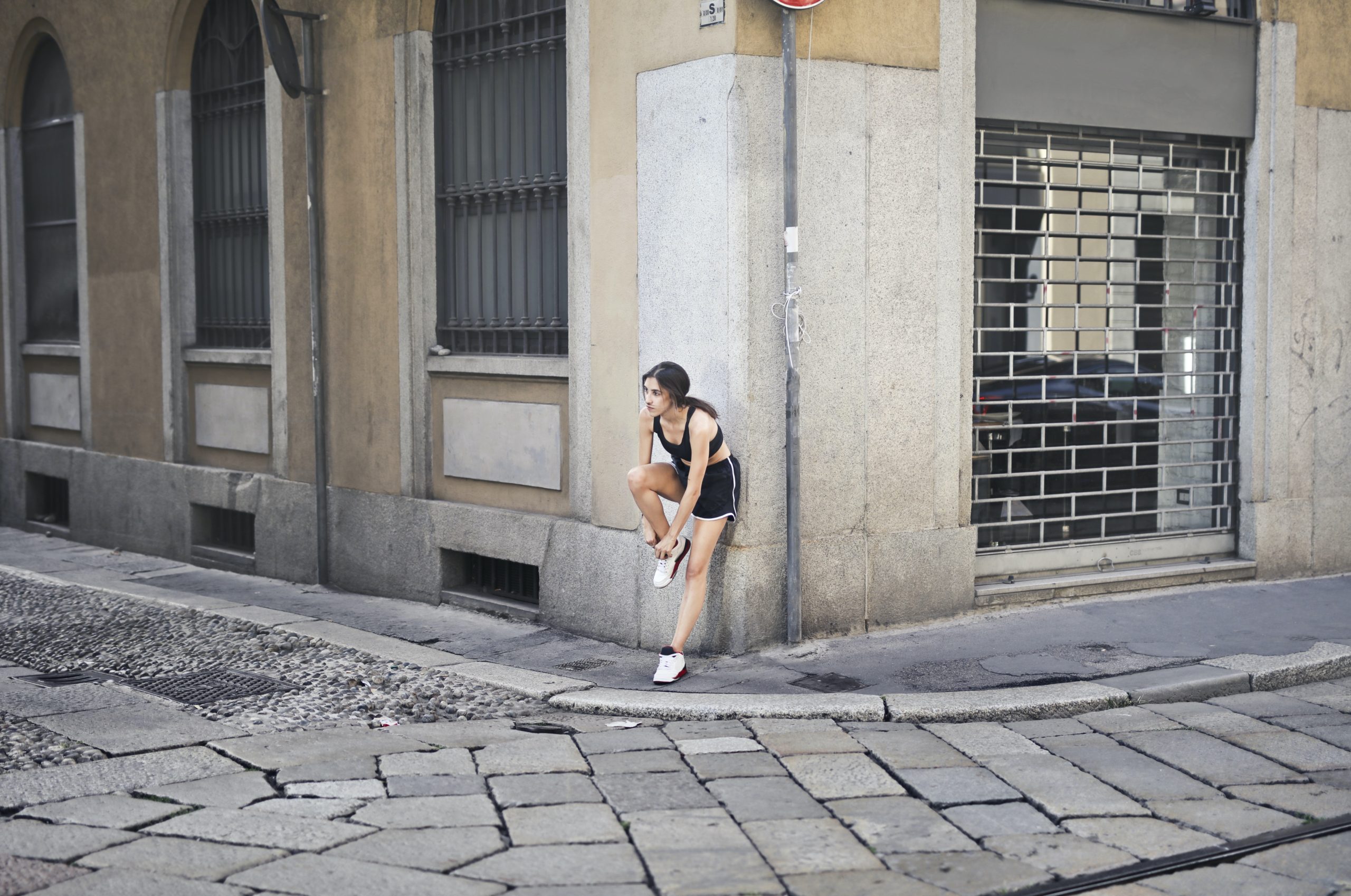In early July, a local Baltimorean named Laurel Mendez was going about her day until she stumbled upon a 7-inch crack in the sidewalk — an unnecessary barrier that she couldn’t overlook.
“Between the broken sidewalks and the big gaps in the sidewalks that haven’t been repaired, I could barely get from the bus stop to somewhere that I could actually roll my wheelchair,” Mendez says. “I had to cross the street and then cross my arms across my chest while barely steering my wheelchair with the other hand to get through a gap between untrimmed bushes and a fence that was sticking out.”
And unfortunately, Mendez’s experience is pretty common. According to a 2020 report — the Mayoral Fellowship Report on Baltimore’s Sidewalk Policies With a Recommended Policy Change — there’s a backlog of over 6,700 requests for sidewalk repairs across Baltimore and none of them appear to be getting fixed anytime soon.
This led three wheelchair users and the IMAGE Center of Maryland to file a class-action lawsuit against the City, accusing them of neither retrofitting the old sidewalks nor building new ones that comply with ADA requirements.
Martie Lafferty, the director of the Accessibility Project at the Civil Rights Education and Enforcement Center and one of the attorneys assigned to the case, decided to file a suit with other disability advocates after the City refused to engage the issue.
“We reached out to the city in October 2020. We laid out the problem and explained the law that applies to the [sidewalk] problems and offered to work with the city to resolve them. We had one conversation with the city and one or two with their attorney . . . Their response was lackluster at best. They said they recognized the problem, but that they have a lot of things to work on.”
The suit worked. Catching the attention of Mayor Brandon Scott, he put out a press release saying, “the City would not wait until it was sued to start implementing changes to meet ADA standards . . . My administration has inherited a host of longstanding challenges that we are committed to addressing with a true equity approach.”
According to Lafferty, the plaintiffs aren’t going after monetary damages other than regular costs associated with the lawsuit. What they really want to see? — change.
“Our hope is that the city will begin engaging with us to create a process that lets us put a plan together to make the city more welcoming and exciting to people with disabilities.”
And based on his previous work in Portland, Denver, Colorado Springs, Long Beach, Seattle, Los Angeles, and San Jose, there’s a strong chance that his demands are met.
Full Story: In Baltimore, Disability Advocates Are Suing Over Sidewalk Conditions by author Cinnamon Janzer; originally published on July 22, 2021 by nextcity.org.
